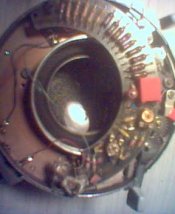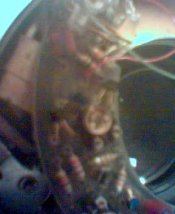GeorgesGiralt
Member
Hi !
Everything is into the title.
I've got a nice Compur Electronic size #1 with the slowest setting (32 seconds) not working. Blades open but do not close, even after 10 minutes.
I've a maintenance manual copy but the electronics is described as a single part. As Mr Compur does not answer the phone anymore ,-) , I'm looking for a schematic to fix it.
Any leads or help will be greatly appreciated !
TIA
Everything is into the title.
I've got a nice Compur Electronic size #1 with the slowest setting (32 seconds) not working. Blades open but do not close, even after 10 minutes.
I've a maintenance manual copy but the electronics is described as a single part. As Mr Compur does not answer the phone anymore ,-) , I'm looking for a schematic to fix it.
Any leads or help will be greatly appreciated !
TIA

















